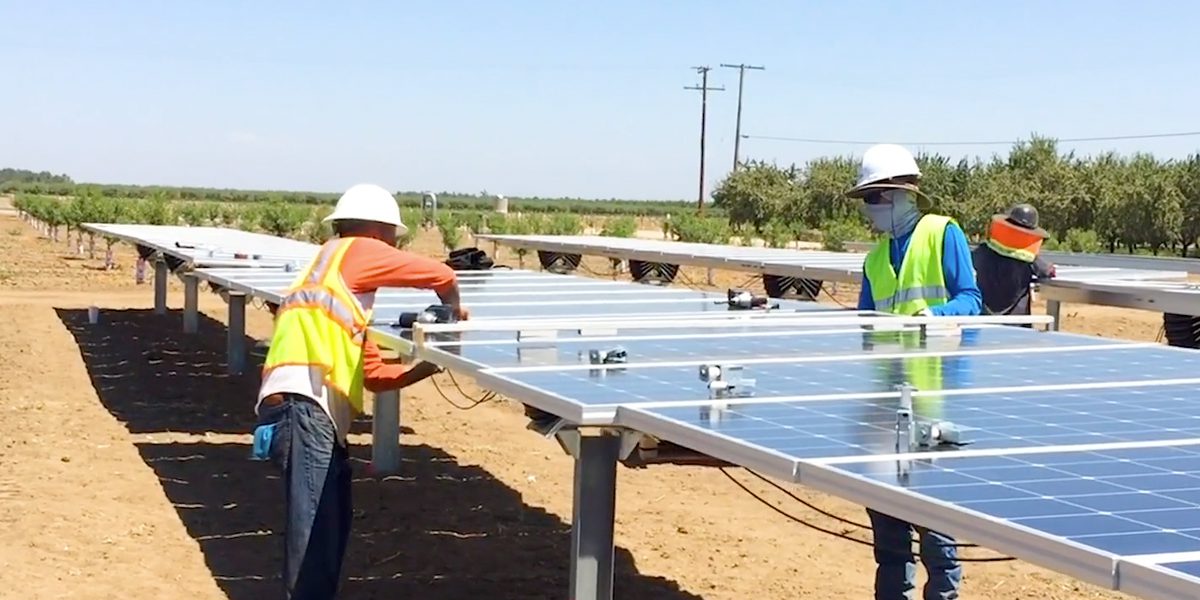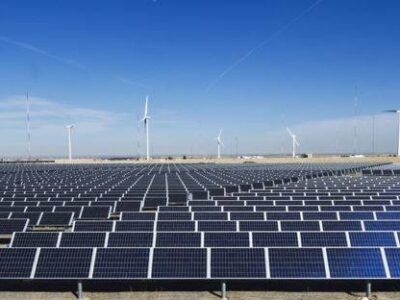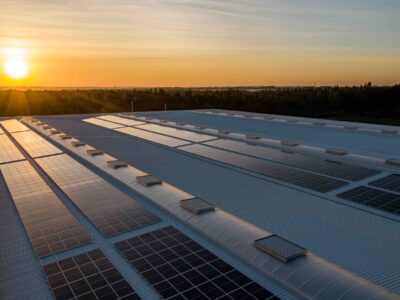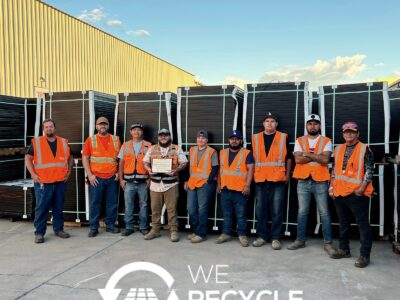One of the most efficient ways to capture solar energy is through tracking systems that allow solar panels to follow the sun’s path throughout the day. This effort maximizes the amount of sunlight the panels can absorb, which produces more solar power. The challenge is finding enough land to put the tracking systems on.
Installing them on flat terrain is a relatively simple process, which is why early adoption of solar tracking systems mainly took place where the ground is level. It’s much trickier when you have to deal with uneven terrain, but that’s where the industry is headed as access to flat terrain becomes scarcer.
Among the companies developing technologies to address the challenge is Sunfolding, an Alameda, CA-based supplier of solar tracking solutions. The company has developed a terrain-following tracker that can increase solar capacity by 15% over conventional trackers.

Photo Courtesy Sunfolding
As PV Magazine reported in May 2023, Sunfolding’s tracker differs from other models in that it uses pneumatic technology that uses air instead of metals and thus has “fewer critical points of failure than traditional mechanical systems.”
According to PV Magazine, Sunfolding’s first product was the T29 tracker, which “changed the tracker landscape” using pneumatics. As of mid-2023, the T29 was installed in 39 projects in a dozen states. The company’s latest product, TopoTrack, was introduced in September 2022 and designed specifically for varied terrains.
Both systems use Sunfolding’s patented AirDrive technology, invented by Leila Madrone, the company’s founder and chief technology officer.
On its website, Sunfolding calls conventional trackers “massive rigid structures that must be anchored deep in the ground.” Using these trackers on complex terrain requires more drilling. You also have to move more dirt while leaving land “undeveloped along site margins,” which is not cost-effective.
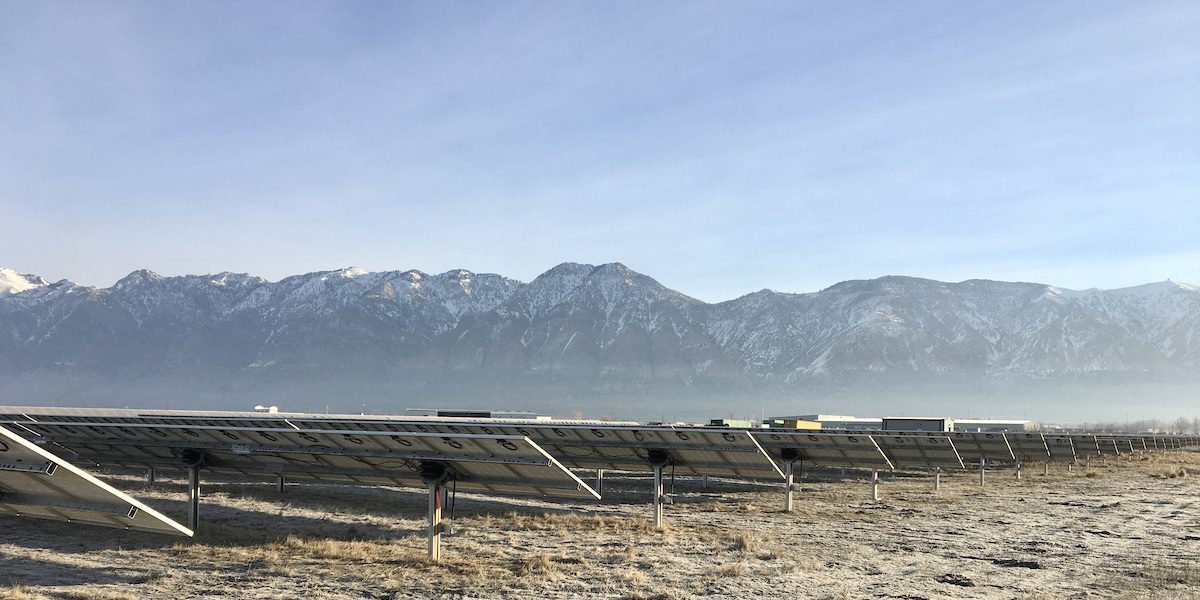
Photo Courtesy Sunfolding
“By replacing mechanical linkages and steel with the proven power of air, Sunfolding created a tracker that retains its value and strength on virtually any terrain,” the company stated.
A lot of complicated technology and engineering goes into these systems, and the business itself is filled with terms most people won’t have a clue about.
Suffice it to say that the TopoTrack is designed to operate effectively on terrain that goes up and down and is difficult to stand on without falling.
Madrone brings plenty of technological and robotics expertise to Sunfolding. She holds bachelor’s and master’s degrees in electrical engineering and computer science from MIT. According to her company bio, she worked on automation for the genomics industry and the commercialization of NASA robotics hardware early in her career.
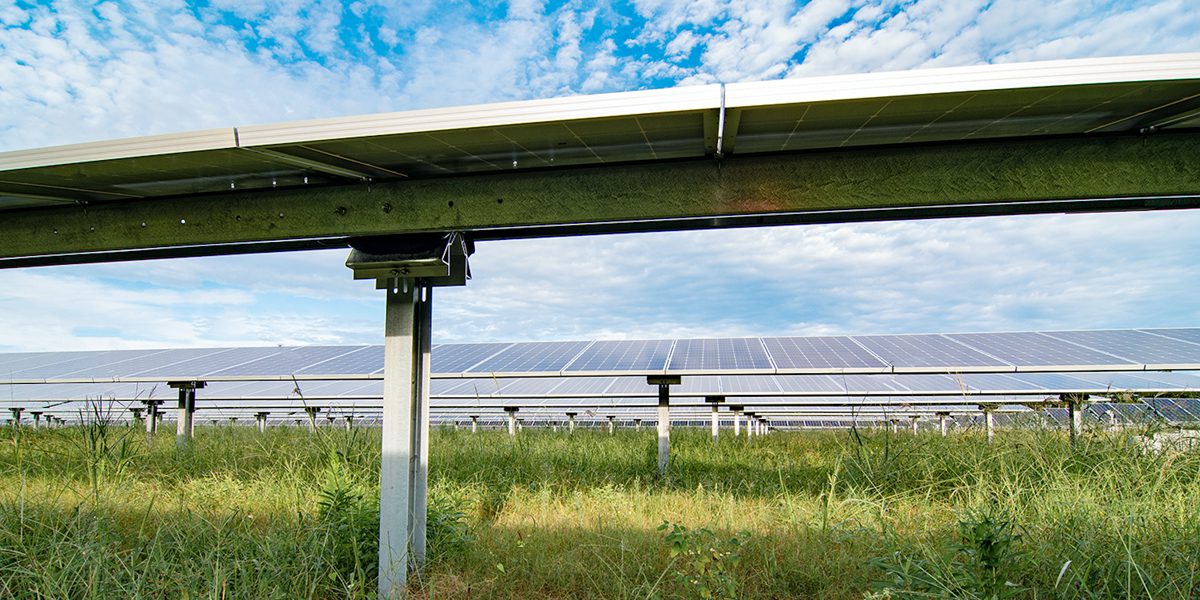
Photo Courtesy Sunfolding
Sunfolding was founded in 2012 after being spun out of MIT’s Otherlab. In 2016, the company won a $4.2 million ARPA award for its “pneumatically-actuated PV tracking system.” Three years later, it closed a $32 million Series B funding round led by G2VP and Macquarie Capital. Sunfolding used the funds to expand its U.S.-based manufacturing and assembly footprint and increase its purchasing power with suppliers.
In a 2022 press release, Sunfolding CEO Glen Davis said the company is “driven to challenge conventional wisdom about solar project development on any land.”“You no longer have to flatten your site to make it suitable for trackers,” Davis continued. “TopoTrack maximizes both capacity and yield while virtually eliminating grading. We’re making solar projects easier to develop, build, and operate and more profitable to own.”

